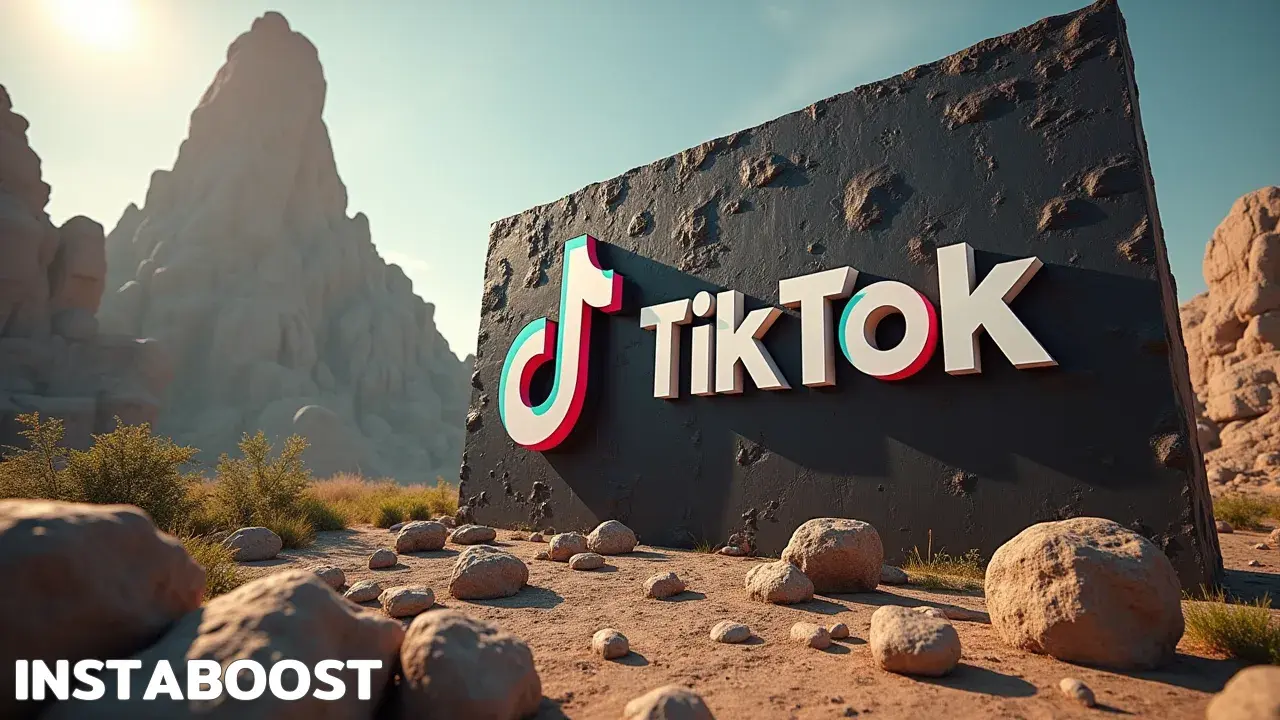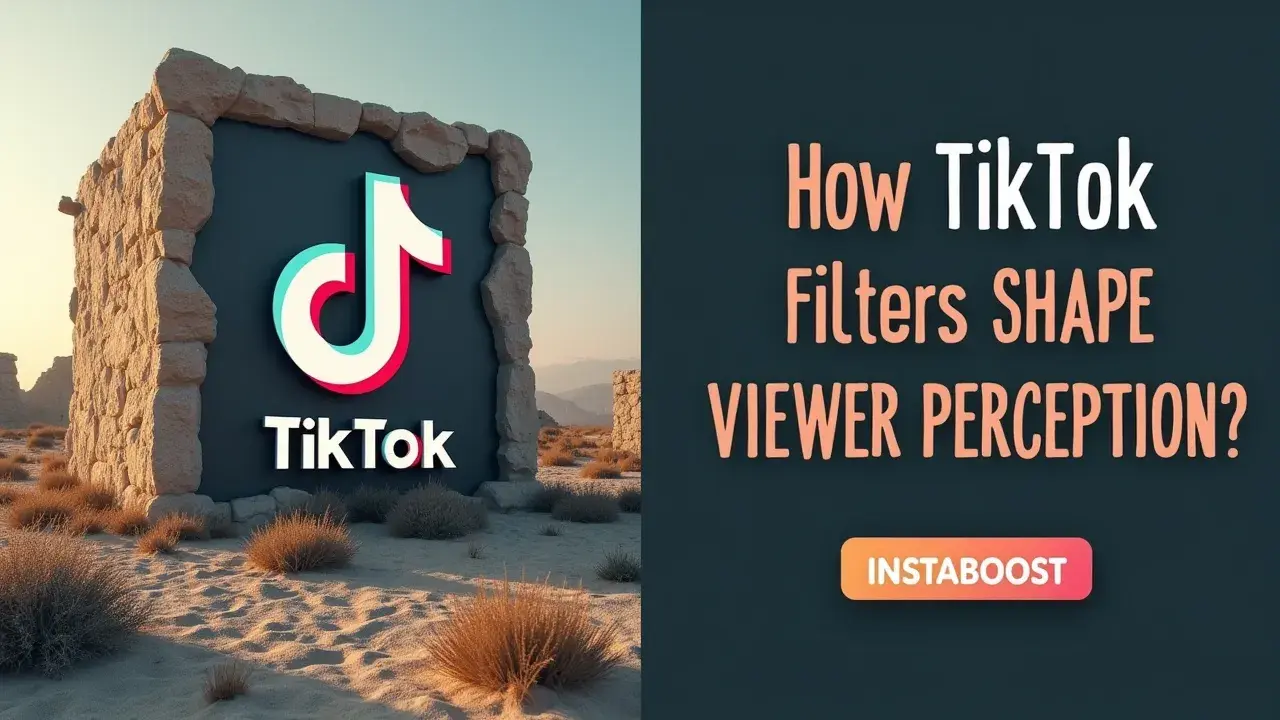How Do TikTok Filters Shape Viewer Perception?
TikTok filters can nudge how viewers interpret appearance, emotion, and credibility across short videos. By smoothing skin, altering facial proportions, or enhancing lighting, they encourage digital beauty norms while masking imperfections that signal authenticity. Overuse can distort expectations and trust, yet thoughtful application can highlight mood or narrative without misleading. Choosing restrained effects and acknowledging their presence supports clearer perception and a better fit between creator intent and audience understanding.
The Power Behind the Filtered Lens
It’s interesting how quickly TikTok filters can change a regular moment into something that feels polished or staged. With one tap, they don’t only smooth out a face or change a background – they subtly shift the way we respond to videos in the first place. Whenever I see those flawless effects or a totally different setting behind someone, it’s not all about appearances; it’s how the whole atmosphere of the video changes, and sometimes how believable it feels. It’s incredibly easy for anyone, whether they’re scrolling or sharing, to adjust how things come across – so our first impressions are always being nudged by these tools.
And it’s not limited to beauty filters, either. These tweaks affect whether something feels real, lighthearted, or even serious. I’ve seen research suggesting that the more time people spend looking at these filtered videos, the harder it becomes to tell what’s actually genuine online.
Since filters are everywhere, and they’re often what people like or share most, you end up in this space where it’s tough to separate what’s been changed from what hasn’t. Sometimes, even conversations about how to expand TikTok visibility end up circling back to the influence of these effects and how they blur the line between creativity and authenticity.
Since filters are everywhere, and they’re often what people like or share most, you end up in this space where it’s tough to separate what’s been changed from what hasn’t. Sometimes, even conversations about how to expand TikTok visibility end up circling back to the influence of these effects and how they blur the line between creativity and authenticity.
It’s pretty hard to say where the technology stops and the person making the video begins. For anyone trying to understand what “real” means on TikTok – whether you’re posting for fun, promoting something, or working with a group like INSTABOOST – being aware of how much these filters shape our experience seems like something you really can’t ignore.

Why Subtlety Signals Trustworthiness
To be honest, I find myself believing the quieter successes more than the ones that come with a lot of noise and promotion. That instinct gets even stronger whenever I see TikTok videos with obvious filters or heavy editing. The more polished something looks, the more I start to wonder what’s going on behind it – who’s making this, and what are they hoping I’ll buy or do? There’s a balance you have to strike on these platforms. If someone uses filters in a way that you barely notice, their message feels a lot more direct, almost like you’re actually hearing from them.
But when there are too many effects, or the lighting is too perfect, I start to get a bit skeptical, even if what they’re saying is actually true. People spend so much time scrolling that they get pretty good at picking up on what feels real and what doesn’t. Even something like softer lighting, a bit of skin smoothing, or a different background can change whether you trust what you’re seeing. It’s not just about making a video look nicer – the way these little changes shift the mood can make you see someone as more or less experienced, or decide whether their advice is worth taking seriously. That’s probably why brands like INSTABOOST, who are careful about building trust, don’t tend to go overboard with effects, even though there are ways to upgrade your TikTok social proof. It seems like these days, when people are quick to make up their minds, keeping things simple goes a lot further. If you want people to listen, you’re better off letting your message show through. Filters can help a bit, but if they take over, you lose something important.
Laying the Groundwork: Context Is Everything
A lot of people start making videos and skip a step that turns out to be important. They jump straight to picking filters or working out the feel of the video, but they haven’t really stopped to look around at what’s actually happening on TikTok. The app isn’t just a bunch of random clips; it’s shaped by trends, in-jokes, and these small groups who build their own style together. When you use a certain filter without thinking about how people on the app see it, the video might not land the way you hoped. Some viewers like things to look really true-to-life, while others are into that washed-out, dreamy look you get from certain effects.
It’s surprising how much a small thing, like the tone of a filter, can make a video feel right on target for one group but fake or try-hard to another. The people who seem to really connect on TikTok are usually the ones who notice these details. They spend time reading comments, watching how others respond, scrolling through the For You page to see what people are actually watching – not just on their own clips, but all over.
Sometimes you even notice things like TikTok likes from active users popping up, and it’s just another reminder that engagement follows patterns, too. So figuring out where your videos fit in, what the mood is, and what people are used to seeing, can make filter choices a lot easier. Companies like INSTABOOST have caught onto this too; it’s rarely about throwing on the brightest or trendiest effect, and more about understanding what the audience feels comfortable with, or what they’re interested in right now. If you slow down and think through who you’re actually making the video for, even the smaller choices start to make sense.
When Filtered Reality Backfires
At first, using TikTok filters seemed like a no-brainer – they clean up your videos, make colors pop, and can get people to pause for a second longer. But once I started playing around with them, things felt different. The videos definitely looked better, but they also didn’t feel as real.
I noticed that when something has that perfectly polished look, people in the comments start pointing it out or asking if it’s all staged. There’s research backing this up, too – more viewers are tuning in to these little editing tricks and getting wary when things seem too slick. It’s not just about whether the video is pretty. It’s more about whether anyone actually believes what they’re seeing. Even when filters are used in creative ways, they can throw people off, making them wonder if the whole thing is more of a show than an honest moment. That shift is important.
It means viewers are thinking twice and paying attention, not just letting everything slide by. For anyone making videos or trying to connect with other people online – like INSTABOOST and all the brands trying to stand out – fancy edits and trending effects aren’t enough to earn trust. I’ve even noticed that people sometimes focus more on whether a creator used something like buy TikTok views than on the content itself. Sometimes, adding one more filter is what tips the balance and makes people question everything. As TikTok keeps rolling out new ways to tweak your videos, it starts to feel like the creators who leave in a few rough edges are the ones people actually stick around for, even if it doesn’t look quite as perfect.
Stepping Into a Filtered Future
Instead of trying to pin things down with a simple answer, it makes more sense to notice how things keep shifting. TikTok filters are a good example – they aren’t only about having fun or keeping up with what’s trending. They end up shaping what we think looks good, what we call “real,” even who we find believable online. Every time someone uses a new filter or a company like INSTABOOST switches to whatever style is popular, it’s another example of how easily our sense of what feels normal can move around. It isn’t really about deciding if filtered or unfiltered videos are better, but about paying attention to how these choices nudge our reactions and what we expect to see.
TikTok gets people to try new things all the time, so what counts as “real” ends up shifting in the background, sometimes without us realizing it until we look back. Not to mention how even the way stories are shared on TikTok is always evolving, with new approaches and tools expand story sharing on TikTok every few months. If you follow online culture, it’s worth thinking about why certain looks or effects take off while others don’t. The more we pay attention to these patterns as we scroll – whether we’re watching, making videos, or working with a brand – the more say we have in how this all unfolds. It’s less about finding the right way to do things and more about noticing what’s happening while it happens, and figuring out what feels right to be part of.
Redefining Authenticity in a Filtered Landscape
TikTok filters are doing more than just adding effects to videos – they’re shifting what people see as normal or believable online. With how easy these filters are to use, there’s this quiet expectation that videos should look a certain way, and the original, unfiltered ones can start to seem a bit dull or out of place. It’s not always about trying to look better. Sometimes, using a filter feels like putting in effort or being creative, and that can even make a video seem more genuine, even if it's been changed. When you scroll through TikTok, you’re not really seeing straightforward daily life.
You’re seeing something that’s been shaped by everyone using the same set of tools, almost without thinking about it. Whether you’re just messing around or using something like INSTABOOST to tweak your posts, it’s clear filters are doing more than just decorating your feed. They’re shifting what people expect to see, and what seems believable or familiar online. Noticing this isn’t just about keeping up with trends – it gets into the ways we end up trusting what we see, and how these digital habits shape what feels real…















